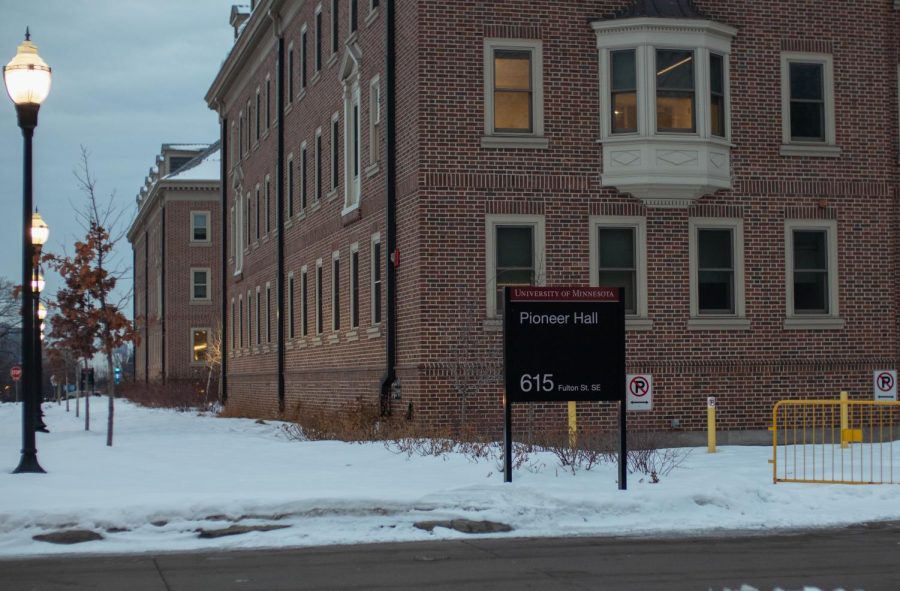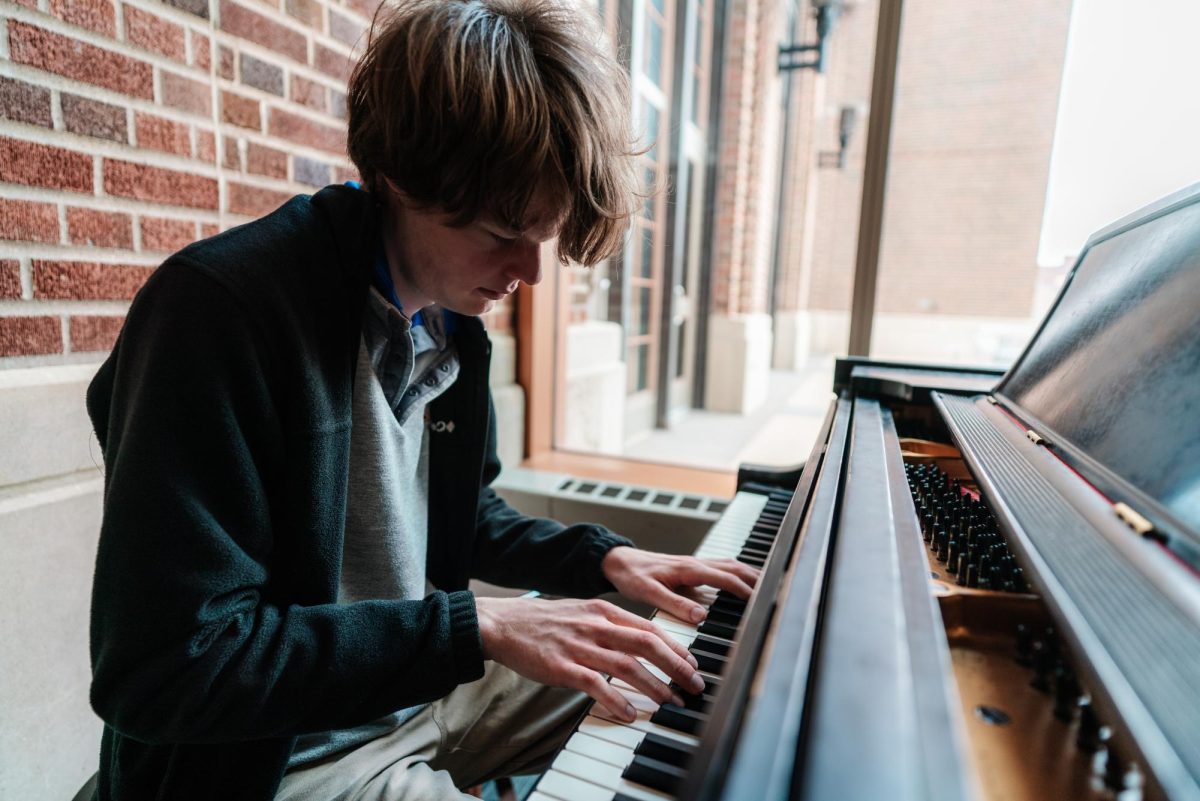Art must evolve from an ego-driven, exacting profession into a medium sensitive to current social conditions, according to a guest lecturer at the University.
Artist and writer Suzi Gablik said being an artist and working for social change do not have to conflict with each other. “Art can be environmentally healing and socially conscious,” she said, “and involve itself in the real world and real life events.”
Gablik spoke about art philosophy and her upcoming book as part of a University lecture series entitled “What About Beauty.” The Thursday evening lecture at Humphrey Center’s Cowles Auditorium was followed by a roundtable discussion at the Frederick R. Weisman Art Museum on Friday afternoon.
The mission of the lecture series is to explore a new ideal of beauty and art in the post-modern world. It is sponsored by the McKnight Arts and Humanities Endowment and the University of Minnesota’s Department of Art.
Various University faculty participated in a panel with Gablik to discuss her philosophies. V. Lois Erickson, associate professor of educational psychology; Roger Jones, associate professor of physics and astronomy; and William Mishler, associate professor of German, Scandinavian, and Dutch contributed to the panel. The discussion was moderated by Tom Lane, an associate professor in the University’s Department of Art.
The discussion, which was attended by approximately 50 members of the University community, opened with an introduction by Weisman curator Patricia McDonnell.
A teacher as well as an author and artist, Gablik taught at the University of the South, Virginia Commonwealth University, the University of California at Santa Barbara and Virginia Tech.
Her writings are some of the first to challenge the status of art in contemporary society. In books such as “The Reenchantment of Art” and “Conversations Before the End of Time,” she confronts social problems in the artistic context.
Gablik proceeded to read an excerpt from her work-in-progress, an autobiography illustrating her spiritual journey into self-renewal.
She recounted her reliance on personal sacred symbols for spiritual guidance in the selection, employing runes and oracles — and even something as ordinary as a thesaurus — as “divining systems.”
Gablik draws upon her personal experience to relay ideas concerning beauty in art. Gablik circulated a diagram among audience members and panelists. It described the effect of the fusion of mind and spirit in self-renewal.
A sequence of expansion causes an “invisible energy” to radiate from the person, who has reached a new plane of consciousness, she said. When this energy, or “inspiration,” is channelled into an artistic medium, the artist can communicate with the audience on a higher level, she said.
In accordance with their diverse backgrounds, the reactions of the panelists were also diverse.
Mishler said that many of the great literary artists have undergone similar personal journeys.
Erickson said she related Gablik’s self-renewal to a return to deeper ground. She described it as a return to early humankind, when people listened to their “voice within” and thought with their hearts.
Jones said he compared Gablik’s ideologies with the discovery of the quantum theory. Despite little understanding and a reputation for being “radical,” it was highly accurate and grew to be a part of everyday life in contemporary society.
The audience was receptive to Gablik in spite of Jones’ comparison.
“A lot of things (Gablik is) saying … eastern philosophy has been dealing with it for more than, I’d say, five thousand years,” said audience member Jila Nikpay, a former instructor in the University’s School of Journalism and Mass Communication.
Gablik also addressed the role of beauty in the evolution of art.
“There is no longer a dominating paradigm of doing things,” she said.
It is necessary for society to move “beyond the individualistic mode for art-making and the idea that art has to be pictures on a wall,” Gablik said. “Creativity can be manifested in many more modes than the lone genius behind closed doors in the studio.”
The next lecture will be Thursday, May 15, at 7 p.m. in the West Bank Union Auditorium, featuring African-American sculptor John Scott.









